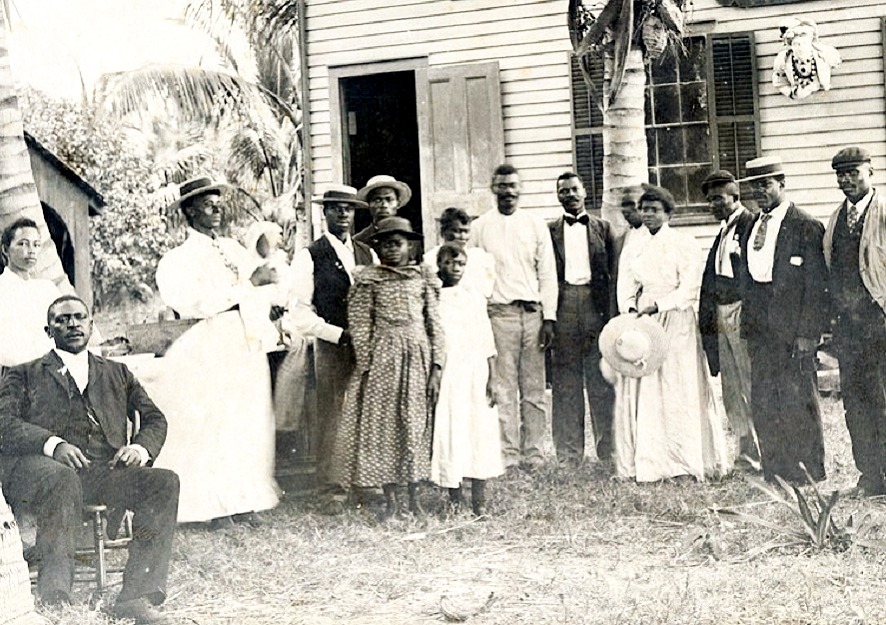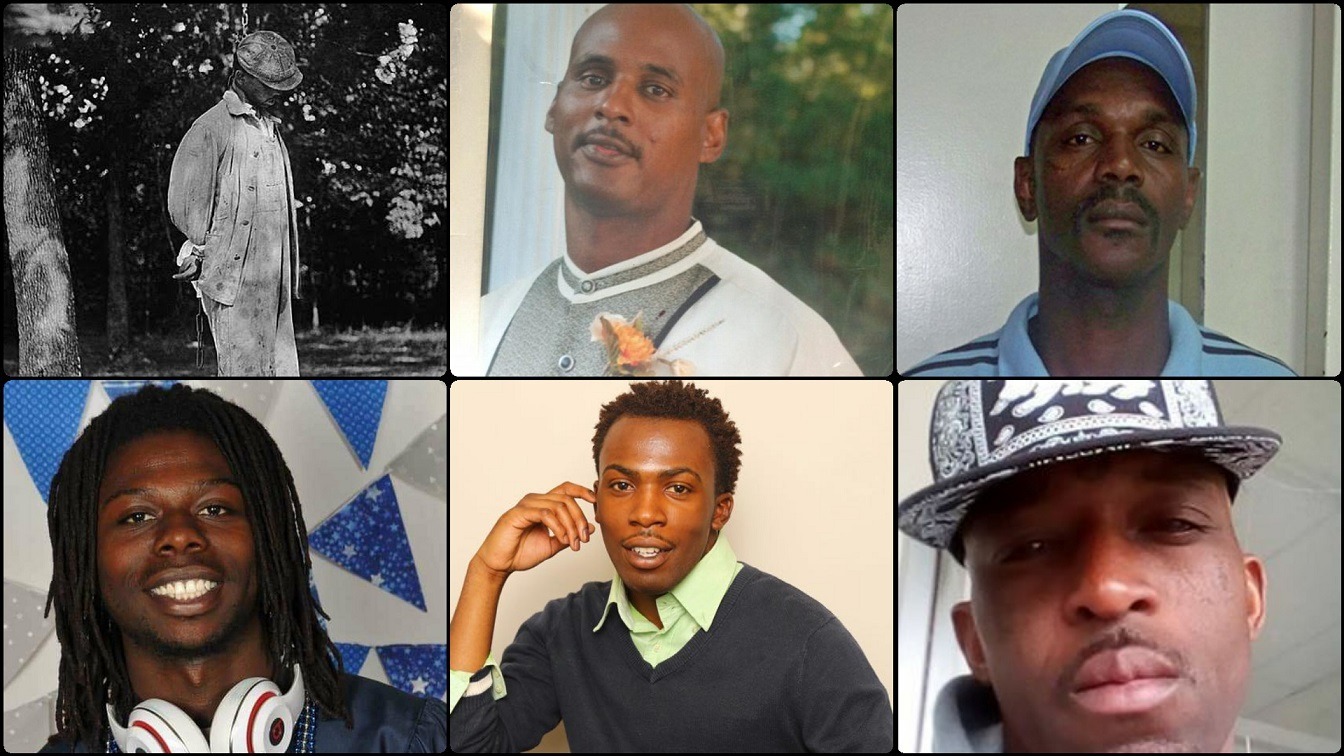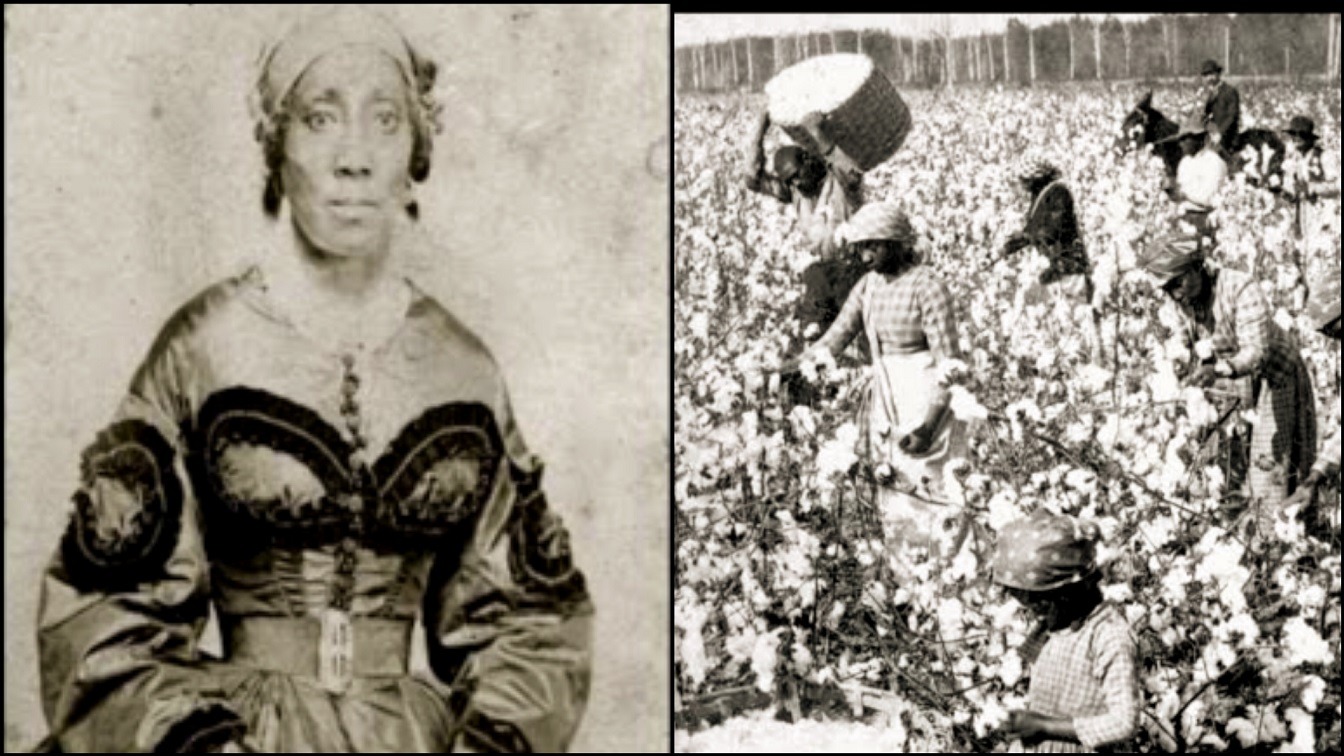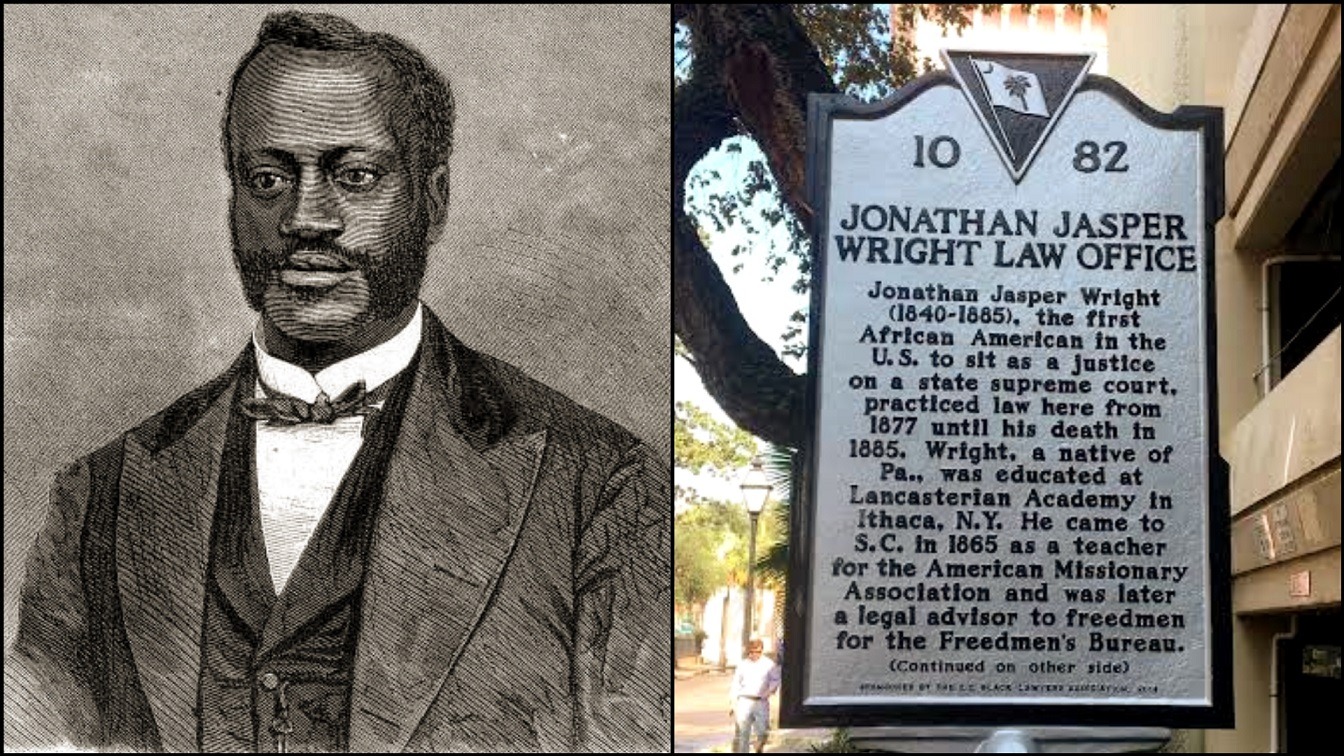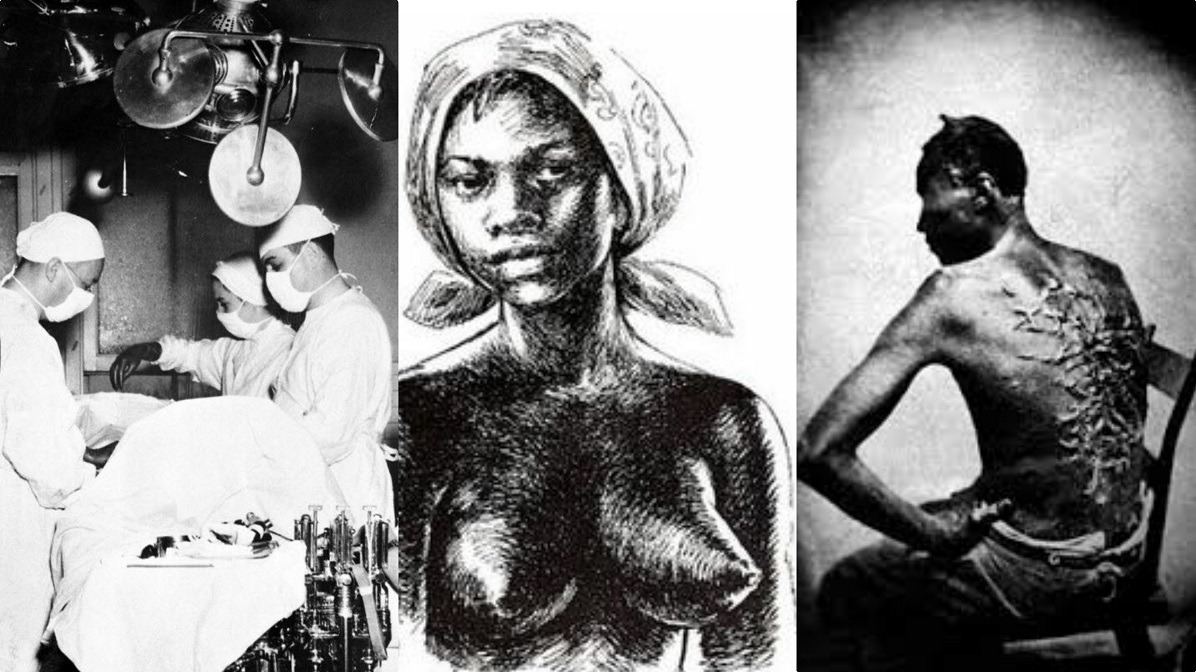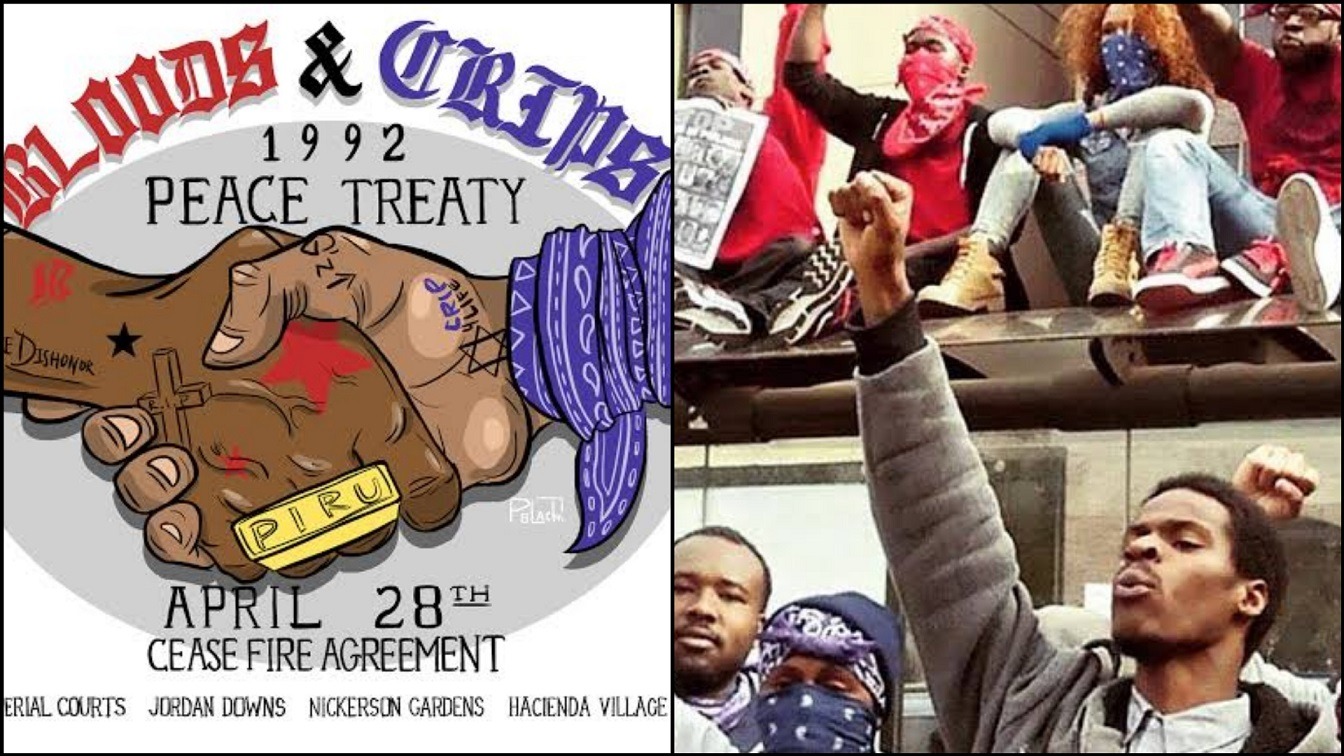When the city of Miami was created in 1896, historians estimate that 367 individuals voted to make it a city. There were 162 Black residents among them. The first name on the municipal charter was that of a Black man named Silas Austin. In reality, Bahamians, Haitians, the Caribbean Diaspora, and African Americans all contributed to the region’s formation.
“The election was held in what was known as the lobby building, a wood-framed structure completed that year.” Prior to 1896, there was nothing there but the Tuttles’ residence on the north bank of the river,” historian Dr. Paul George told WLRN. “As far as we know, the incorporation meeting took place between 2 p.m. to 10 p.m., and it was all-male, because women in Florida did not have the ability to vote at the time.” As a result, the voters, who included more than one-third African Americans, many of whom were Bahamian Americans, voted by acclamation for a City of Miami.”
Despite the fact that Bahamians and Caribbean people were among the first to settle in what would become Miami, Jim Crow laws restricted them to select neighborhoods. Coconut Grove, a Miami neighborhood, was founded by early settlers from The Bahamas, according to history. Here’s how it all started.
A handful of Bahamians settled in Miami in the 1880s. “They migrated here because the Peacock Inn provided the first non-farm work open to Blacks,” historian and author Marvin Dunn told NBC Miami. He stated that the Bahamians were hired as gardeners and chefs at the Peacock Inn. Despite working at the hotel, they lived in West Grove on what was then known as Evangelist Street (now Charles Avenue).
The Bahamian Coconut Grove development began on that street. The street would eventually be lined with residences, businesses, and churches. Dr. Enid Pinkney, the founding president of The Historic Hampton House Community Trust in Miami’s Brownsville area, believes that the early Bahamian Americans were significant because they introduced their culture and food to the city.
“They also knew how to farm, even though the area had coral rock and theft land was barren. And we are still benefiting and living off some of the things that they bought today,” Pinkney told WLRN last year. Pinkney went on to say that most people believe Miami as a destination for immigrants began in 1959, with the Cuban boatlift.
“They don’t realize that in the 1890s, Bahamians came here and established in Coconut Grove, but they also settled in Lemon City.” “That kind of history is gone,” Pinkney remarked.
Today, the Otto G. Richter Library at the University of Miami maintains numerous archives that help to preserve this vital local history. According to the University of Miami, the library includes The Theodore R. Gibson Family Papers, which relate the story of Reverend Gibson, Miami Commissioner throughout the 1970s and 1980s, and champion of Black Coconut Grove. There are also papers showcasing the achievements of Gibson’s wife, Thelma Gibson, who is an emerita trustee at the University of Miami.
Historian Dunn also spoke with WLRN about M. Athalie Range, the first African-American woman elected to the Miami City Commission. “Mrs. Range, or Momma Range, was a powerhouse in Miami.” You had to go to Momma Range and talk to her if you wanted to run for Congress. You had to go talk to Momma Range if you wanted to run for president, believe me. And when tragedy struck the neighborhood, she was the one whose shoulders held us up and spoke for us.”
Piracy was a particularly appealing occupation for Blacks during the time the Bahamians were brought to Miami because they believed it was better than slavery and they were paid with loot. “Several Black individuals had ships that powered it around Florida’s southeastern coast, including right here in Miami,” Dunn explained. Black Caesar was Florida’s most famous Black pirate, who used the island of Elliott Key and other hideouts around the Southeast Florida coast to make raids on unsuspecting ships and settlements. Many people remember him as a long-lived pirate who outlasted many of his contemporaries.
What happened to the Grove’s Bahamian population?
The Grove’s Bahamian population has diminished over time as families relocate to other sections of South Florida. Their impact, though, can still be felt. On Charles Avenue, there are now two iconic homes. The first is the residence of real estate billionaire E.W.F. Stirrup, the Grove’s first Bahamian settler. The second is Mariah Brown’s house, the first Bahamian woman to settle in the area.
Coconut Grove’s Bahamian neighborhood has become one of the city’s most gentrified neighborhoods. As a result of this, the City of Miami recently recognized numerous properties as historical sites, “perhaps 20 or 30 of these “Stirrup” type residences that cannot be destroyed,” Dunn added.
